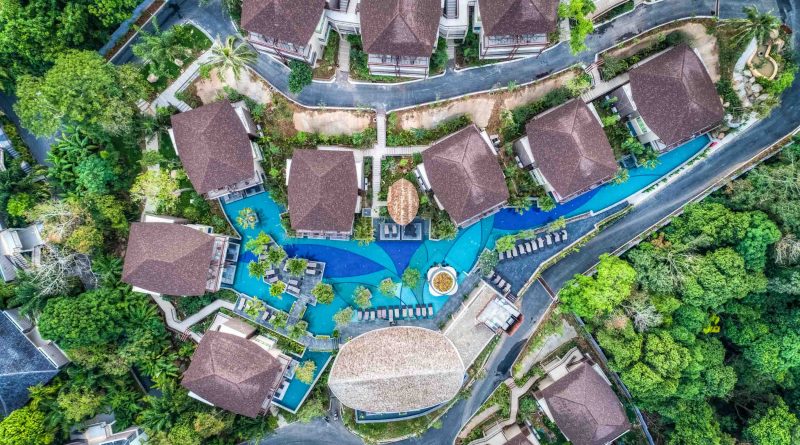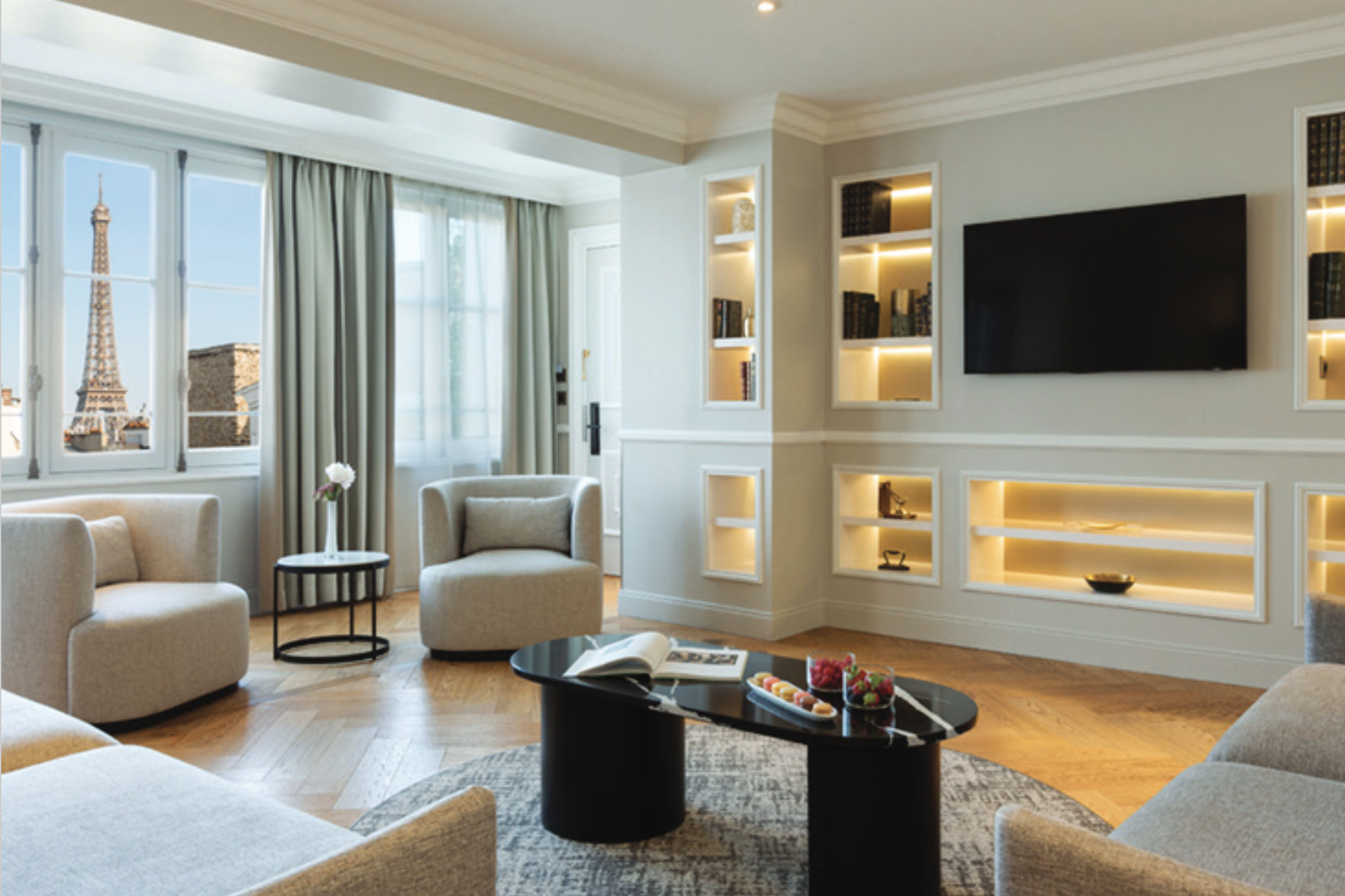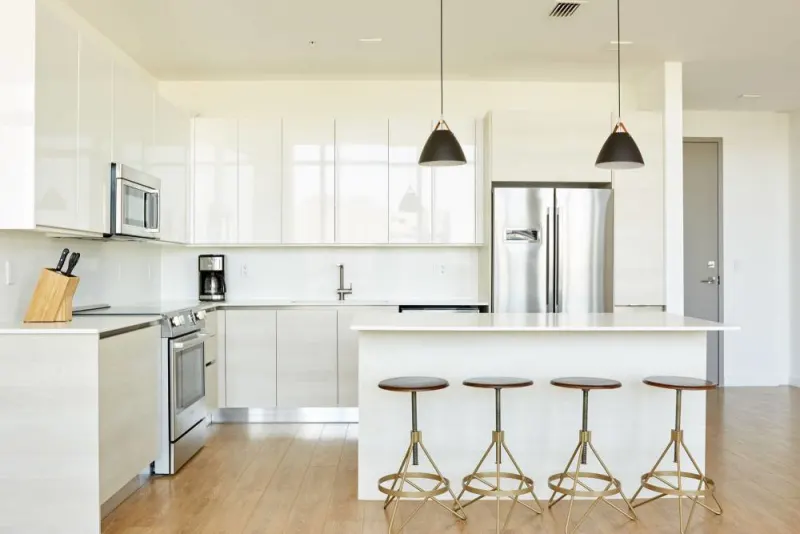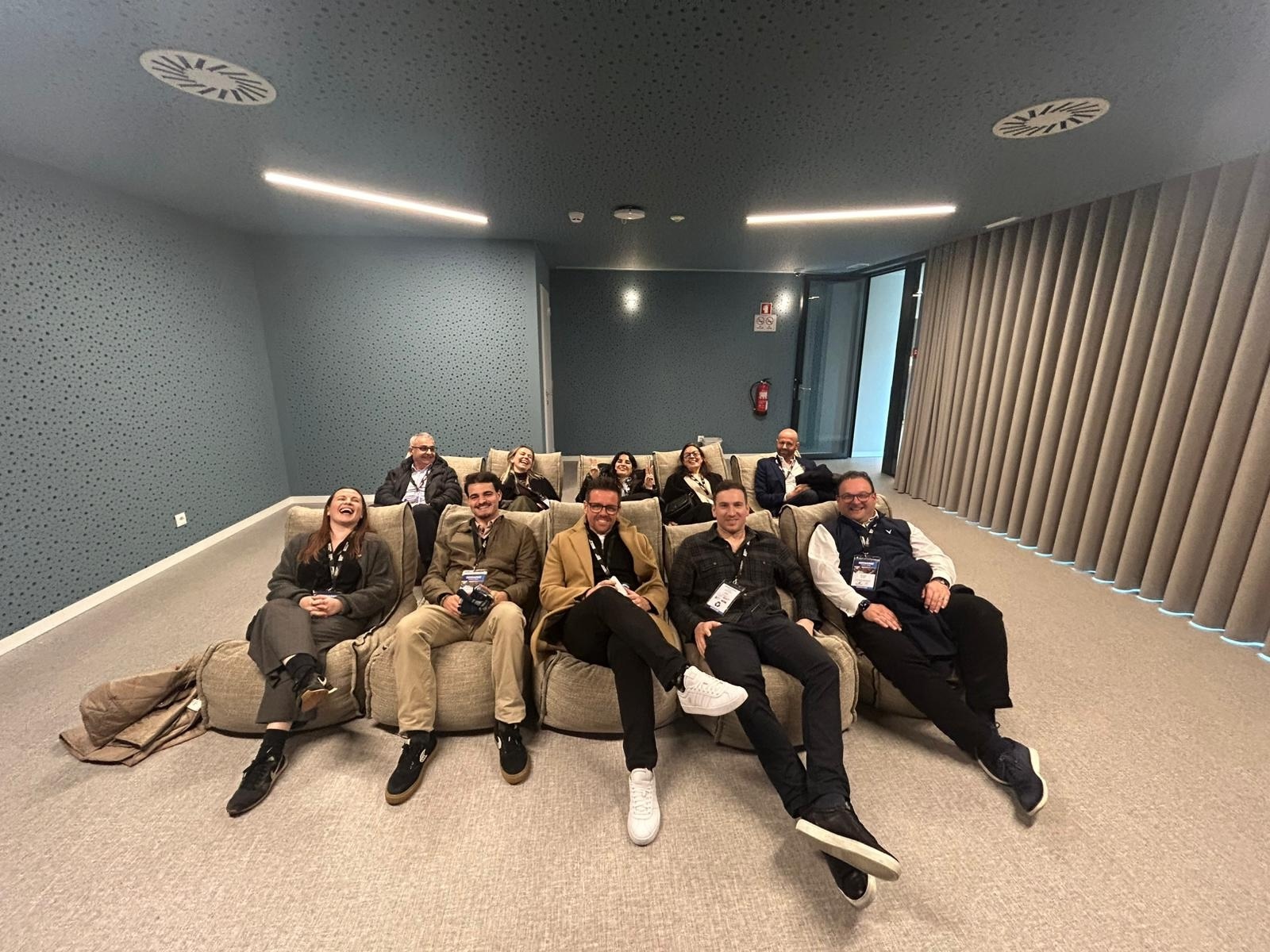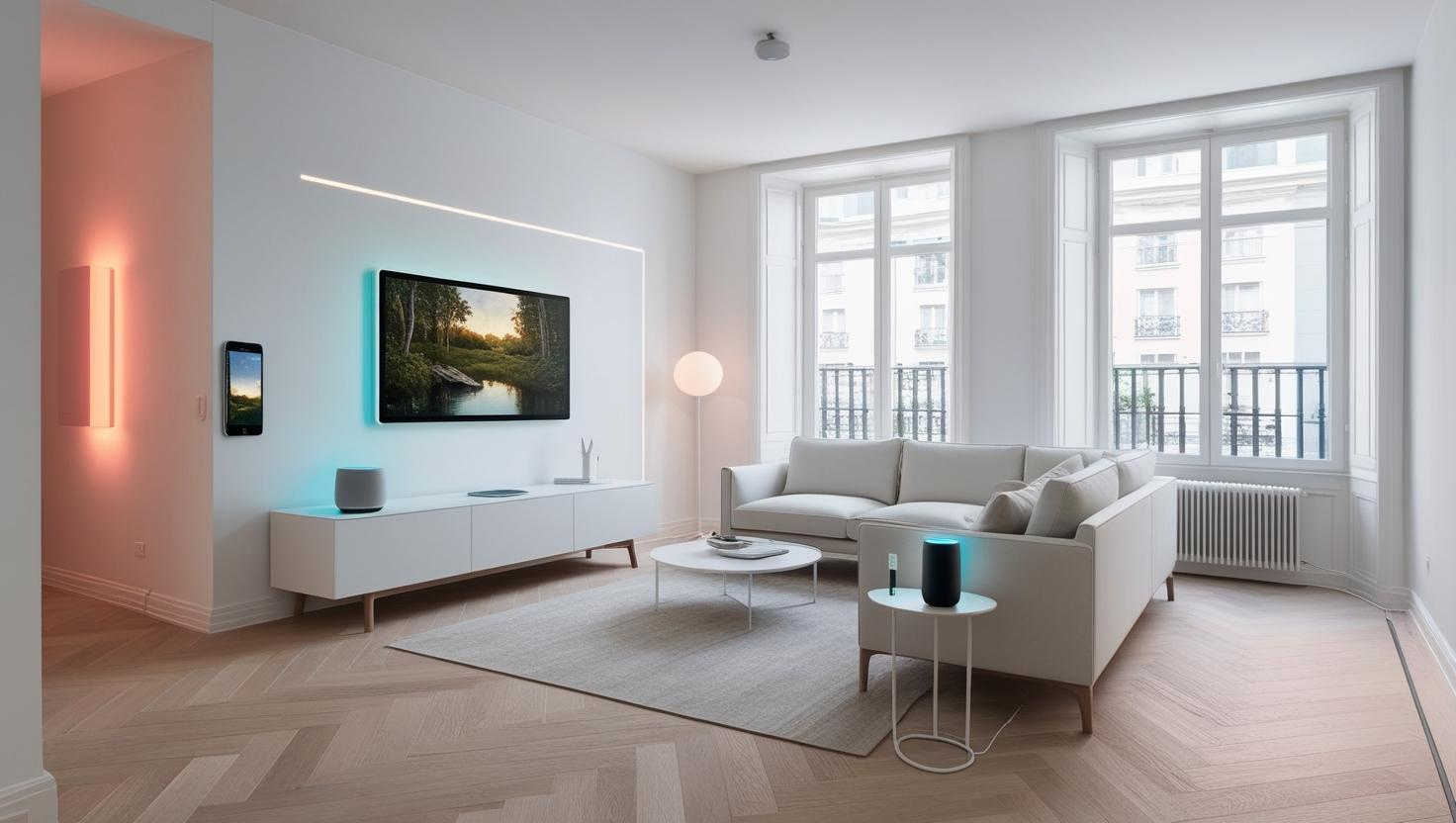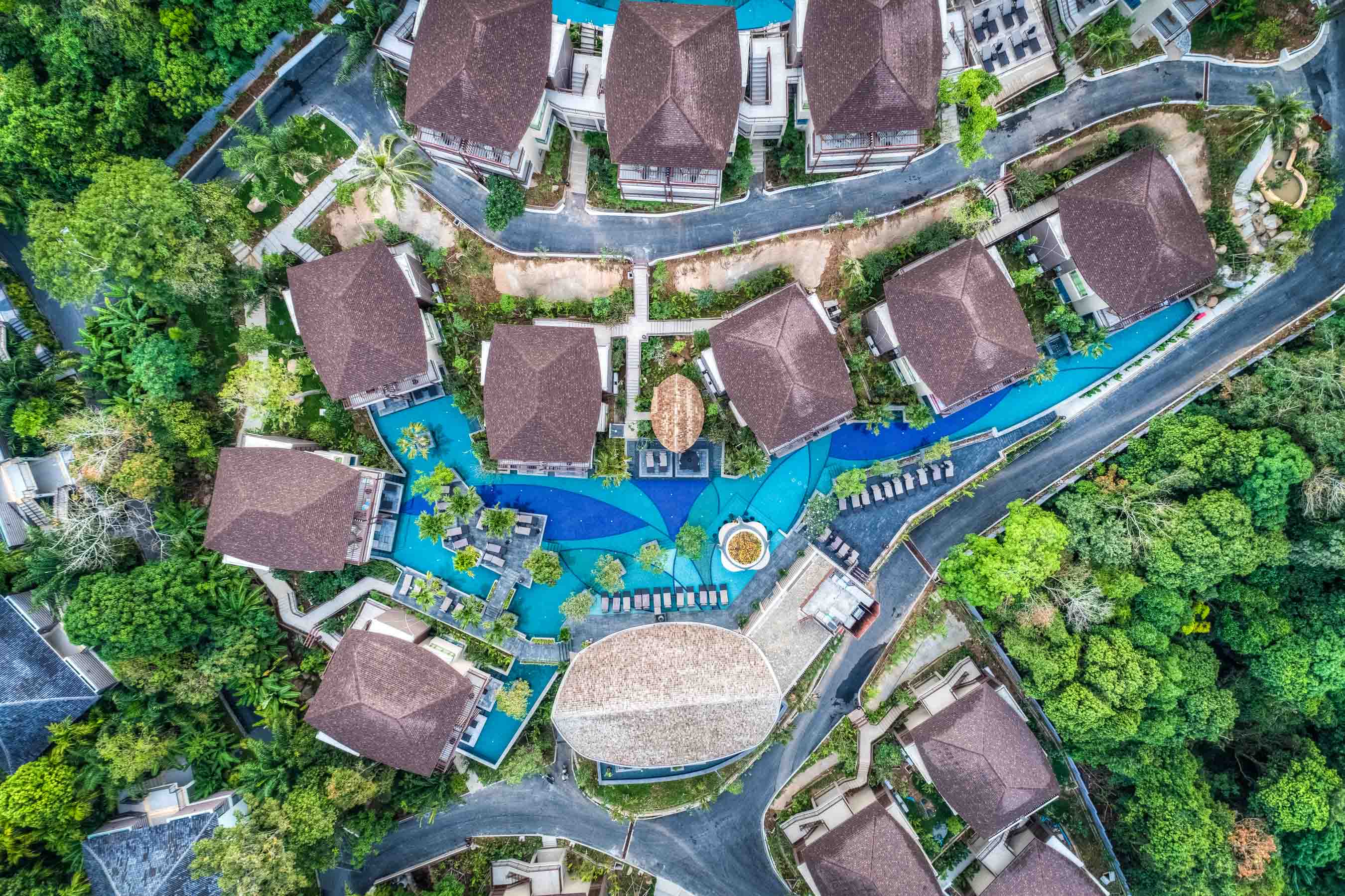
Bill Barnett of C9 Hotelworks looks at the huge popularity of branded residences on the Thai island of Phuket.
Phuket’s love affair with hotel managed properties started in the late 1980s with the posh Amanpuri ultra villas. Over the past three decades a rising number of chain and independent developments were successful in selling million-dollar pool villas including Banyan Tree, Sri Panwa, Andara and others. Asia, and more exactly Phuket led a broader push of shifting top-end accommodation out of the box and into spacious villas. Take a trip around the globe today and the volume of hotel residences and mixed-use in the pipeline of leading top-tier brands such as Four Seasons and Ritz-Carlton is profound.
Fast forward some 30 years, and taking a quick look at the incoming Phuket hotel pipeline of new inventory coming online that has now surpassed 15,000 units, and more than 8,400 are hotel branded residences. The sheer number tops any other Asian resort market, but looking inside the numbers, the vast majority of keys are relatively small-sized units in condominium hotels. The tables have now turned from luxury to resort-grade entry level and midscale real estate.
To understand the market, let’s start at how to define the asset class which C9 Hotelworks terms ‘Hotel Residences’. Essentially this covers properties that sell individual units in the real estate market and operate as either hotels or else are branded by hospitality operators. Other often used terms are condotel, hotel branded residences and hospitality-led real estate. Vacation ownership or timeshare is not included in this classification.
Turning back to Phuket and keying into key trends in the current marketplace, the highlights according to our extensive research is as follows:
• Hotel franchising and soft brands
We have seen a number of global hotel brands such as Wyndham rack up numbers in their pipeline through a growing number of franchise-type agreements. ACCOR on the other had has taken a soft brand approach with their MGallery collection which somehow addresses brand standard issues and allows more diverse properties into a chain scenario.
• Size and price matter
Post GFC, the reality of a shift away from the legacy luxury markets has continued. Regional Asian segments and a growing number of Thai buyers are not dominant. We often say there are only two moving parts in real estate, how much it costs to develop and how much you can sell it at.
The new demographic is geared to lower absolute selling prices which today often lays in the US$100,000 to 200,000 range. Most developers now focus on absorption or sales pace of cheaper units instead of trying to push higher yields so it’s a volume play. While hotel operators have often promoted pricing premiums for brands, today the ultimate absolute selling point is mainly the magnet for faster sales. Freehold has been realigned as the preferred method of ownership for both foreigners and Thais, hence the shift into condominium-type structures which allow foreign ownership of properties.
• Mainland Chinese developers
An increasing number of larger projects in the pipeline are now directly or indirectly being sponsored by mainland Chinese property developers/investors. In many cases, these projects are focusing only on a single geographic source market and their sales and marketing is primarily geared to Chinese. Branding is often a key issue for these volume-oriented projects, which is latched onto the rise of hotel franchise agreements.
Based on our extensive experience in consulting for hotel residences across all of the Asia Pacific markets, there is cause for concern in certain practices and learning from historical demonstrated real estate and tourism cycles:
• Investment buyers dominate market
One clear sign that a cycle has topped is when investment or speculative transactions represent the vast majority of property sales. One could call this the opportunistic train and we typically see sales and marketing tactics like double-digit or long-term guaranteed returns or yields aggressively promoted.
A key learning in this area is that investment type returns for hotel residences are a function in resort markets like Phuket of the tourism sector and not real estate driven. Supply and demand are an essential part of the equation as is the ongoing effectiveness of hospitality management.
Given the current challenging tourism conditions in Phuket and mounting concerns over the impact of a China slowdown and decline in tourism numbers, these are signs that the level and term of guaranteed returns are a growing risk to property buyers. While the trend of property developers of hotels is now passing operating and investment risk to unit purchasers in hotel residences offerings.
One final thought on this subject is the risk associated with the security of long-term guaranteed returns to buyers given these are not widely regulated. Typically, these returns are neither secured against bank guarantees or managed escrow accounts which may come under pressure when hotel trading levels drop. Buyer beware.
• Mismatch of products – real estate versus hotels
A critical issue facing hotel residences lies in when developers shift the buying base from end users or long- term rental focused and look to compete in the hotel space. Reality bites as the products are rarely apple to apple in comparison.
For hotel residences that are premised on investment returns in the hotel market, the natural competitors are pure hotel properties. In many cases the real estate offerings with full kitchens, an overall lack of outlets and facilities and interior fit-out are being promised to obtain comparable average rates as dedicated hotels. Customer perception is often like serviced apartments, that products like condominium hotels while offering more space, are priced below traditional hotels. The result is a disconnect for investment buyers in their expected long-term returns. Real estate developers are mostly focused on maximizing saleable space, whereas hotel-type developers in resort markets understand the need to sacrifice some space for aspect, green and inherently lower-density.
One other key factor in this space is the fragmented ownership structure for hotel residences and ability to manage the asset, upgrade and remain competitive in the hospitality sector. Hotels are asset heavy propositions long term and typically over a ten-year period as much as eight per cent of revenue goes into maintaining these assets. Single owned hotels are able to renovate and upgrade due to a cohesive ownership approach. Once large number of co-owners enter the equation, often hotel residences fail to reinvest at a similar level as their hotel only competitors with the knock-on effect being lower rates and decreasing yields.
• Where do we go from here?
There are many good examples of hotel residences having long-term value and returns. In many instances these are mixed-use projects like the Banyan Tree, where a core hotel is operating and a smaller inventory of units are hotel residences so essentially there is a hotel owner ensuring the operating strategy is sound and performance measured to the market.
The influx of Phuket’s hotel residences is now going into unfamiliar territory with many projects having 100 per cent of the units being sold and a co-ownership regime of hotels now a new twist in the market. Whether developers or unit owners are ready for this shift remains a key question?
Finally, on the subject of hotel residences as the only alternative available to developers in a challenged real estate sector, C9’s view is that strong opportunities are appearing in niche segments such as developers building projects to hold product and manage long-term rentals, retirement estates and co-living. All of the aforementioned types are focused on long term sustainable cash flow. As Phuket urbanises, these may be a preferred development alternative to the current surge in hotel residences which are now facing off in the same playing field as single-owned hotels.


